
The current global health pandemic is shaking the foundations of the international community of states, possibly to its core. Those foundations still reflect mid-20th c. political-legal thought, institutional structures, and procedural behaviour.
Over the past quarter-century or so, we have recognised the emergence of global problems, and the need for global solutions to them – primarily climate change, but also the other planetary boundaries of which two have also been breached. Yet this has not resulted in effective global action for the required solutions.
Will this pandemic be different?
None of us can predict the future, despite a few occasional efforts. But we do need, and the Centre requires us, to explore the implications of major global events, and their effect on our thought, institutions and behaviour.
Four questions are most relevant to the above:
- Context: What is the context for this crisis – is it a unique experience for humanity or not?
- Psychology: How, and to what extent, might the psychological state of humanity be changing?
- Competence: How is the ‘system’ (nation states plus international organizations) handling the crisis?
- Impact: What are the implications for humanity – if it is unique, is it uniquely significant?
Let me explore each of these.
Context
In any contemporary crisis, it is important to survey the contextual terrain. What is the cause, and the likely magnitude and duration of COVID-19? Is the origin of this pandemic similar to others before, or is it unique?
This is, of course, not humanity’s first encounter with a widespread health pandemic. There is plausible evidence of a bacterium-spawned decimation of the population of Europe five millennia ago. The major known cases, recorded over the last 1,500 years, are best categorised as follows:
- Historical: Three bacterial plagues in the 6th, 14th and 19th centuries CE;
- Recent: One major flu virus in the early 20th; and
- Contemporary: Four virus pandemics (late 20th / early 21st), involving Ebola, HIV, SARS-1, SARS-2.
More specifically:
Bacteria: The three major historical plagues were caused by the same bacterium (Yersinia pestis):
- The Plague of Justinian (peaking 541-2 CE; recurring until 750), originating from the rat flea from East Asia, is estimated to have killed 40 m. people, half the world’s population, as it spread across Asia, North Africa, Arabia, and Europe. It was concentrated on Constantinople with some 5,000 deaths daily there at the peak;
- The Second Plague, deriving from the same source, commenced in 1347 and lasted three centuries. It originated with the Black Death (peaking 1347-51) which killed an estimated 138 m. people (mid-point) in Eurasia, reducing the world population (then 475 m.) by over a quarter. It culminated with the London Plague in 1665-66, which killed 100,000 (a quarter of the city’s population).
- The Third Plague, bubonic and pneumonic (originating in Hunan, China in 1855, spreading to India and continuing until 1895 in Hong Kong) killed some tens of millions across Asia.
Viruses: The modern pandemics have been borne by viruses (flu, Ebola, SARS and MERS):
- The Spanish Flu (1918-20), which probably originated from the war trenches of Europe, affected primarily Europe and India, killing some 75 m. people (mid-point), about 5% of the global population.
- Ebola (1976-present), a haemorrhagic virus originating from bush-meat and transmitted by tree-dwelling fruit-bats, has been confined to Central and West Africa. There have been 24 outbreaks over four decades, with over 31,000 cases and (with a fatality rate of about 50%), over 13,000 deaths.
- SARS for ‘severe acute respiratory syndrome’ (2002-04) was a disease caused by the corona virus (SARS-CoV-1). Originating in China (Yunnan, Guangdong) from the cave-dwelling horseshoe bat, the virus affected 8,422 people from 29 countries, with 774 deaths.
- MERS, for “Middle East respiratory syndrome, is a disease caused by the corona virus (MERS-Cov), originating from bats and spread by camels. It has caused 988 deaths, 52% in Saudi Arabia, the country of origin.
- COVID-19 (2019-present) is a related virus strain (SARS-CoV-2), with the same source (bats) and geographical origin (China). It originated on 31 December 2019, and as of 31 March 2020 there are 782,000 cases, spread throughout 200 countries, causing 38,000 deaths (3-4% mortality rate) with 165,000 having recovered.
Separate from the above, the HIV-AIDS, a virus derived from non-human primates and originating in Africa, is caused primarily through human sexual contact. Since the early 1980s, it has infected 75 m. people and killed over 32 m. people (mid-points). Currently, some 38 m. are living with HIV (54% in east and southern Africa).
From the above, the following seems clear:
- Fatalities from the historical plagues (40 m., 138 m., 20 m.) and the ‘recent’ flu virus (75 m.) are far higher than all but one of the contemporary virus pandemics to date (13,000, 1,000, 1,000, 38,000); the HIV/AIDS phenomenon being the exception (32 m.); the lower fatalities are primarily due to better sanitation plus improved medical knowledge and technology;
- The difference, however, is that with all previous pandemics, the ‘fatality curve’ has played out over many years, even decades, whereas COVID-19 remains in its infancy. Its global life-span is likely to be numbered in years, not months – to quote Singapore’s Health Minister, ‘this is just the beginning’.
The distinguishing feature of this pandemic is two-fold: it affects, for the first time, a global community, and secondly it is fundamentally influenced by the massive increase in global population and population density. The three historical plagues and the ‘recent’ influenza were cross-regional but sub-global. The first four contemporary viruses concern the global community but were contained sub-globally. HIV-AIDS is global, but primarily dependent on specific human behaviour. COVID-19 is different; it is global and it is subject to the whim of Nature.
It is too early to judge where and when the landing will occur.
- A vaccine is unlikely for at least one year; so ‘behavioural prevention’ is critical. But even today, only a quarter of the global population is in lockdown.
- While the national curves have bent in China, Singapore and South Korea – comprising one-fifth of the global population – the global curve remains exponential. The geographical epicentre continues to move – from China to Italy to USA, perhaps on to Africa and the Middle East. The lifestyle implications, both as to cause and effect, of wealthy global travel v. crowded ghettos and refugee camps, is an, as yet, unaddressed dimension of this pandemic.
Conclusion 1
This is a unique experience for humanity. Unlike historical pandemics that took greater numbers (to date) of the ‘world’s people’, this pandemic is directly affecting the ‘global community’ – like nothing before.
Psychology
Humanity has been humbled by this event, and is in a state of fright, if not panic. It is the first time, in current human lifespans, that a global menace is directly threatening each individual’s life, on a personal basis.
- Nuclear conflict and climate change did not make the cut – too abstract or (seemingly) long-term;
- Even ‘world war’ was, for half of the world’s population, personally remote for the individual;
- The three previous contemporary pandemics have been ‘sub-global’, not spreading far beyond certain regions or communities.
Not COVID-19. It threatens each of the 7.8 b. individuals, to lesser or greater degree, but directly and personally. In addition, most of us are digitally linked into instantaneous updating. So, while only a quarter are currently in lockdown, this will grow to a large global majority, and that is historically unprecedented.
What might be the psychological effect? It’s best to assess the short-term (1 year), medium (10 years) and long-term (25 years).
In the short-term (2020), there are two penetrating experiences looming, for virtually every human:
- The twin personal concerns of health and finances. Notwithstanding the policy judgements to be made between economic vitality and personal wellbeing with its inevitable doctrinal dimension, these two issues are being directly addressed – unlike the experience of the historical plagues.
- The unprecedented, and surreal, experience of societal lockdown, bubble isolation and ‘social distancing’ – concepts not entertained just months ago. On balance, the anecdotal feedback at this early stage is relatively positive: it’s a simpler life if you can just get used to it; and you get deferred things done. Against this, issues of collective behaviour, mental health and domestic violence are requiring attention.
In the medium-term (2021-30), there will be a wakening-up-after-the-night-before phenomenon. Will it be a hangover, or a new clarity of vision? This depends on several factors:
- How successfully the personal concerns are dealt with over a decade, rather than one year;
- How will the individual, family, company and farm, nation, and the human group all judge the ‘wellbeing’ dimension of the experience—a wake-up call for a better lifestyle, or simply a temporary break from 21st c living?
- How will the global economy, starting with financial lending, quantitative easing, and employment re-generation survive and begin to prosper, albeit in modified form?
In the long-term (2031-50), there will be major implications:
- Conclusions on how well the international system handled this particular pandemic;
- How much advance warning specifically on global health pandemics was ignored or downplayed?
- What are the inter-relationships between global health and global sustainability?
These questions cannot be conclusively answered today, but some are already being addressed. Some scientific and political experts are bravely addressing the tough issues:
- Fenz and Kharas (Brookings Institution) point to the ‘difficulty’ of understanding the indirect impact of COVID-19, which ‘can be both positive and negative’. COVID fatalities, they say, are ‘small’ compared to the 12 m. fatalities already (January-March ‘20) from all causes. While COVID fatalities could reach 3.6 m. in two months with the current pace of deaths doubling each week: “In the counterfactual, without COVID-19, we would expect 60 m. global deaths in 2020, with 18 m. people dying from heart disease, 10 m. from cancer, 6.5 m. from respiratory diseases, 1.6 m. from diarrhea, 1.5 m. in road incidents, and 1 m. deaths from HIV/AIDS. Suicides could number 800,000.”
- François Gemenne (University of Liège) has argued that “the death toll of the coronavirus at the end of the day might be positive, if you consider the deaths from atmospheric pollution.”
- Marshall Burke (Stanford University) projects that “the lives saved due to the pollution reductions are roughly 20 times the number of lives that have been directly lost to the virus.”
There is no indication that anyone, among the above, is standing for democratic election.
Conclusion 2
COVID-19 will have a penetrating effect on the human psyche, with individuals around the planet feeling vulnerable in an unprecedented way and to an unprecedented extent, querying the economic-social-digital lifestyle of recent decades, and anticipating the possibility of comparable ‘global frights’ in the future.
System competence
How well is the contemporary system (nation-state / international organization) dealing with this pandemic?
- Will it witness a ‘complete recovery’ that restores the status quo ante?
- Will it witness a ‘partial recovery’ that retains the foundations but improves upon them? or
- Will it bring the foundations down, requiring a qualitative replacement, and if so, will that occur through relatively peaceful activity, or through a seminal period of violence, as in the past?
Many national leaders began by assuring their own people that things would be restored to normality quite quickly. One forecast a recovery by Easter. Others were reluctant, and therefore dangerously slow, to declare a national concern, then emergency, then remedial measures. All buckled under, quickly and obediently, to the force of Nature.
There has been widespread concern over the failure of the ‘system’ to heed expert warnings of this type of risk:
- As Gonzalez et al maintain: “Epidemics usually occur when health systems are unprepared. … As humanity recovers, policymakers must seek scientific expertise to improve their ‘preparedness’ to face future events. … The ultimate goal is to develop a resilient global health infrastructure. … Epidemics destabilize fragile governments, ravage the most vulnerable populations, and threaten the global community.” US National institute of Health (Methods Mol. Biol. 2018: 1604:3-31) https://www.ncbi.nlm.nih.gov/pubmed/28986822
- Bryan Walsh (BBC) recalls that: “On BBC Future in 2018, we reported that experts believed a flu pandemic was only a matter of timeand that there could be millions of undiscovered viruses in the world, with one expert telling us, ‘I think the chances that the next pandemic will be caused by a novel virus are quite good’.”
https://www.bbc.com/future/article/20200325-covid-19-the-history-of-pandemics
For major global threats, the 20th c. system rests on the centrality of the UN Security Council and collaborative work from any relevant UN agency or programme. But, notwithstanding some definitional flexibility by the Council since the early ‘90s, primarily to do with armed conflict (internal conflict, global terrorism), the 1945 Charter’s ‘threat to international peace & security’ constrains effective action on 21st c global threats. Of the three ‘standard’ existential threats in this category, consider the record:
Nuclear disarmament:
The UNSC remains fixated on the non-proliferation regime, and will not consider any notion of a prohibition of nuclear weapons; while the Conference on Disarmament has been impotent for three decades.
Climate change:
The Council, having been forced by some member states (in their presidential terms) to address this since 2007, has refused to declare climate change a ‘threat’ (simply a ‘risk multiplier’); despite the Secretary-General announcing that it was such a threat, in his view. Meanwhile, the UNFCCC-COP multilateral machinery, comprising 197 parties squabbling like geese, fails to take effective global action since its first meeting in 1995.
Health pandemics:
In July 2000, the Council adopted its first-ever resolution on a health issue (S/RES/1308):
Recognizing that the spread of HIV/AIDS can have a uniquely devastating impact on all sectors and levels of society; ….. Stressing that the HIV/AIDS pandemic, if unchecked, may pose a risk to stability and security.
The US, which initiated the resolution, thanked the Council members for the “unprecedented resolution on a health issue–the first in the history of the Security Council”.
A second resolution was passed in 2011 (A/RES/1983). On neither occasion did the Council declare the pandemic to be a threat, simply a risk, to international peace & security.
With regard to COVID-19, the Council has chosen not to discuss the subject in substance, contenting itself with a statement by the month’s president (China) that Council members were continuing to work on the ‘hot spots’ of armed conflict.
For its part, the WHO declared COVID-19 to be a ‘Public Health Emergency of International Concern’ on 30 January 2020) and a ‘pandemic’ on 11 March ’20. But as an institution, it has been widely criticised for failing to develop an effective preventive framework. Its annual budget (about US$2 b.) is expected to cater for 7.8 b. people – the budget is broadly equivalent to that of Auckland Hospital. To quote Walsh:
The WHO, which performed so well under the stress of SARS, has botched more recent outbreaks so badly that experts have called for the entire organisation to be overhauled.
For his part, the UN Secretary-General has expressed his extreme dissatisfaction over the systemic and political failings of the international system in battling COVID-19. See his comments in a recent interview:
“It’s a nightmare that we face. … This is the biggest threat to humanity we have seen in the recent past. …. The best scientific evidence is that, unless there is strong action and we reach herd immunity, this might reach 60% to 70% of the global population. … Millions of people dying in the world, and this is morally unacceptable. … It’s a matter of enlightened self-interest. You’re talking about a global pandemic. If controlled, it will work out, but if it spreads like wildfire in the developing world, there will be millions of cases. … This is not a matter of scaring people; it’s a reality. … Of course, I’m not happy with the present situation. There is an effective dysfunctionality in the way all this is happening – the way things are being handled. We do not have a global governance authority. The only way out, therefore, is effective international cooperation. … But it is not only COVID-19. Look at peace and security, the international system has never been so dysfunctional. … International cooperation has never been at so low a level. … We are at a transitional moment… we are in a chaotic situation – neither multilateral nor unipolar. Relations between the major powers have never been so dysfunctional as today. … This is not the moment to fight each other. … The choice is between chaos and united action. … This is not a financial crisis; it’s a human crisis. … Power is not in the UN; it is in the nation-states. … So, be responsible, be smart, but above all understand that only in solidarity can we defeat this disease.”
BBC Hardtalk interview (26 March 2020)
https://www.youtube.com/watch?v=al_3B5t7p88
Action by UN member states is evidence of his concern. On 23 March, the SG urged warring parties across the world to lay down their weapons in support of the ‘bigger battle against COVID-19: the common enemy that is now threatening all of humankind’.
“The fury of the virus illustrates the folly of war. That is why today, I am calling for an immediate global ceasefire in all corners of the world. It is time to put armed conflict on lockdown and focus together on the true fight of our lives.” https://news.un.org/en/story/2020/03/1059972
Since then, Libyan factions have intensified their actions, North Korea has fired more ballistic missile tests over regional waters, and the Saudi-UAE military coalition has launched further air attacks against Yemen’s capital.
Conclusion 3
Whether national leaders and UN officials successfully change the 20th c. system will depend on how severe the global toll is – whether the reaction reflects historical habit (pick-up-the-pieces and rebuild) or some proactive insight that proves to be unique to the moment.
Impact
To cite Gonzalez, again:
“At present, the world is in an intermediate phase of trying to reduce health disparities despite exponential population growth, political conflicts, migration, global trade, urbanization, and major environmental changes due to global warming. For the sake of humanity, we must focus on developing the necessary capacities for health surveillance, epidemic preparedness, and pandemic response.” (Op. cit.)
Conclusion 4
This pandemic is uniquely significant in its likely effect on the human psyche, calling into question our role as a species on the planet, how we relate to one another and to other species, how we re-think the notions of global sustainability (ecological footprint, planetary boundaries, Earth trusteeship), economic theory and distributive justice, and our political institutions and legal principles.

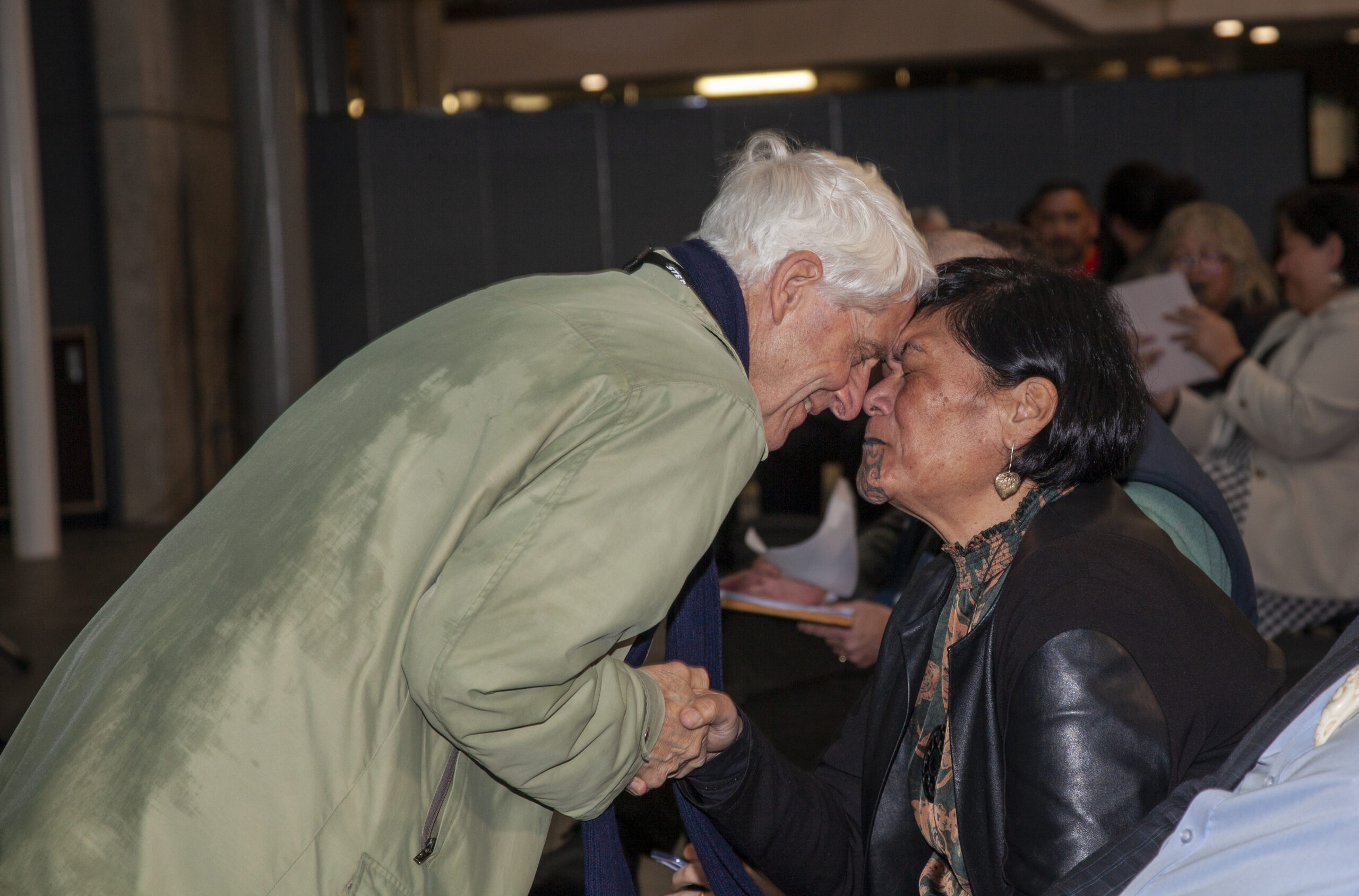
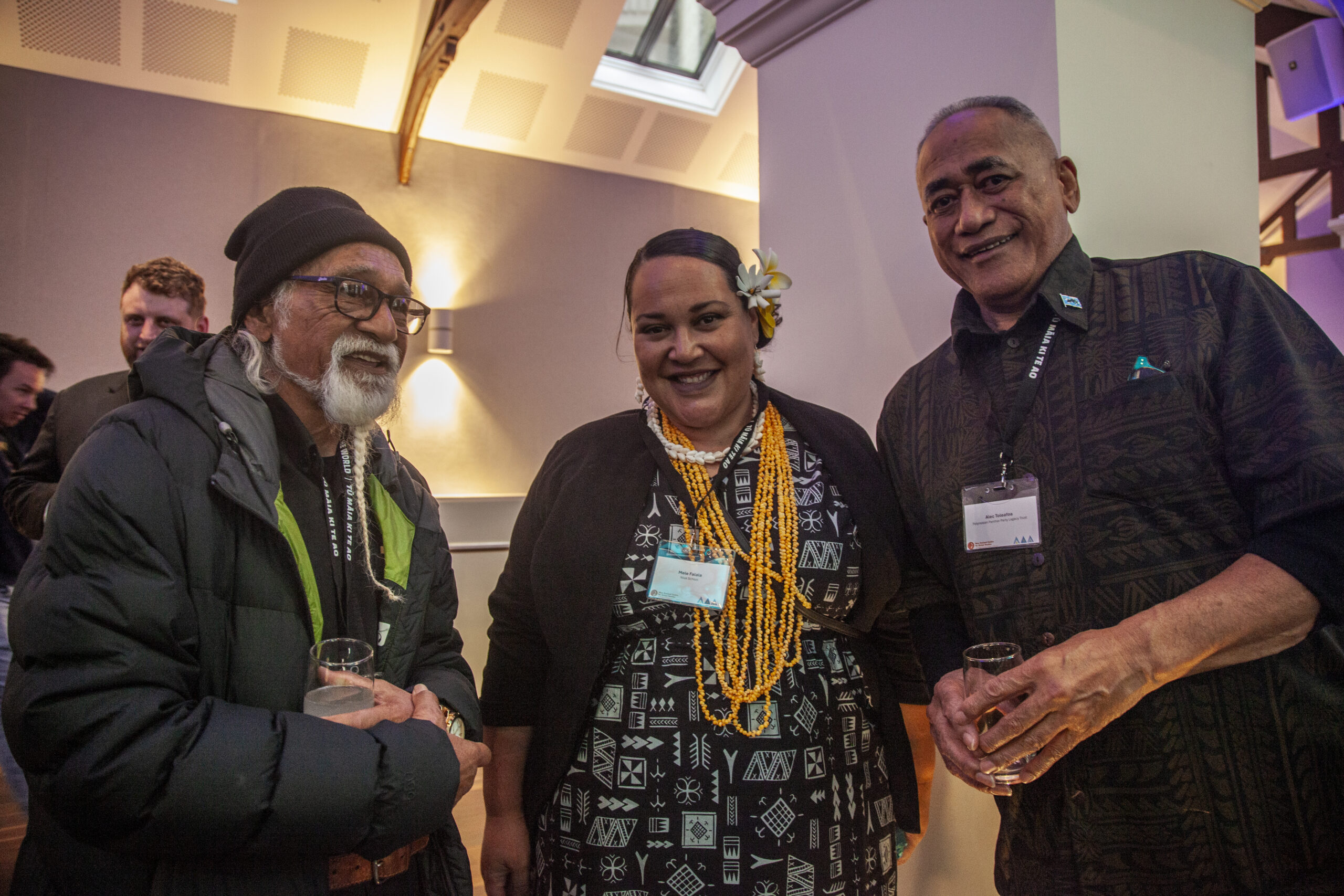

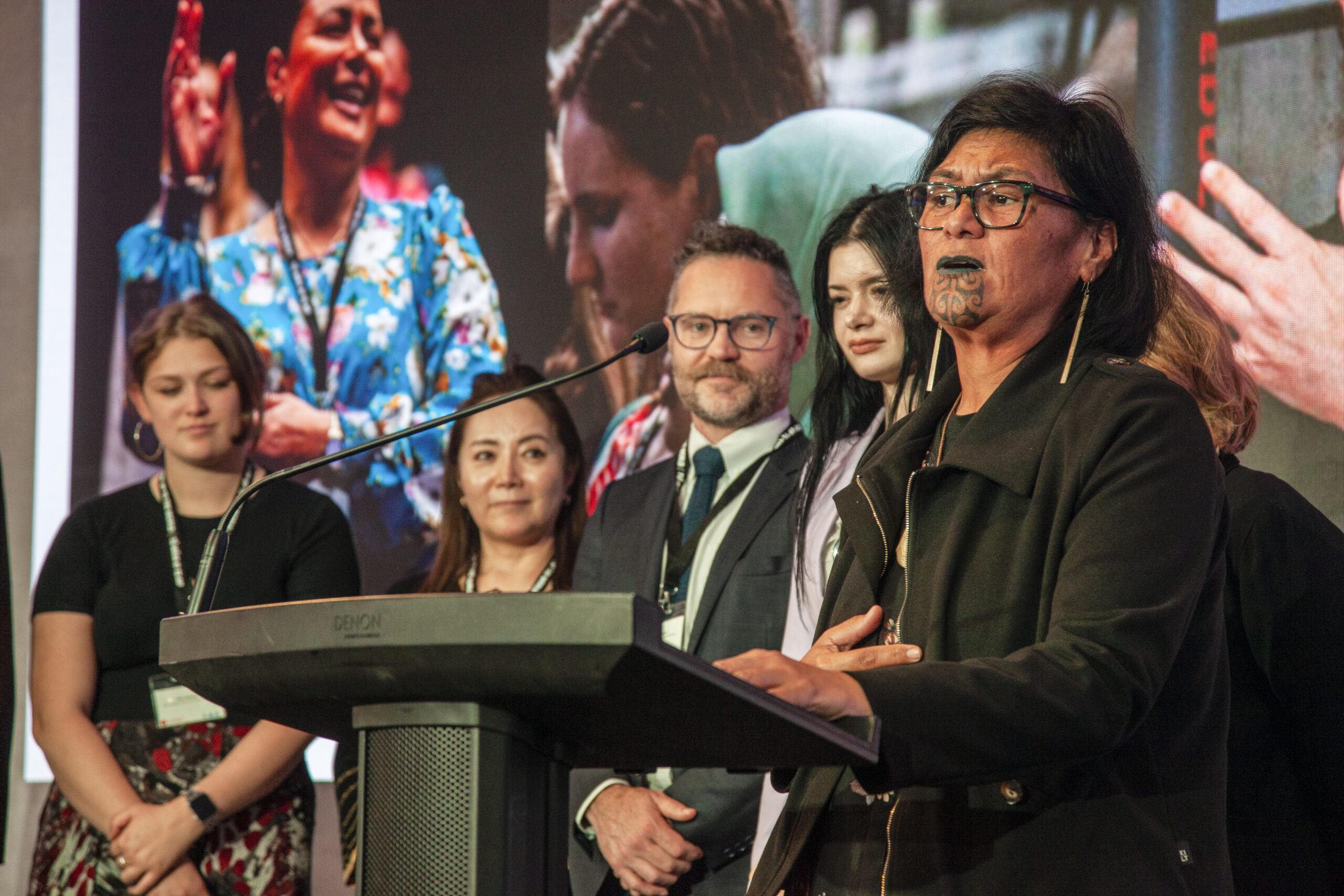
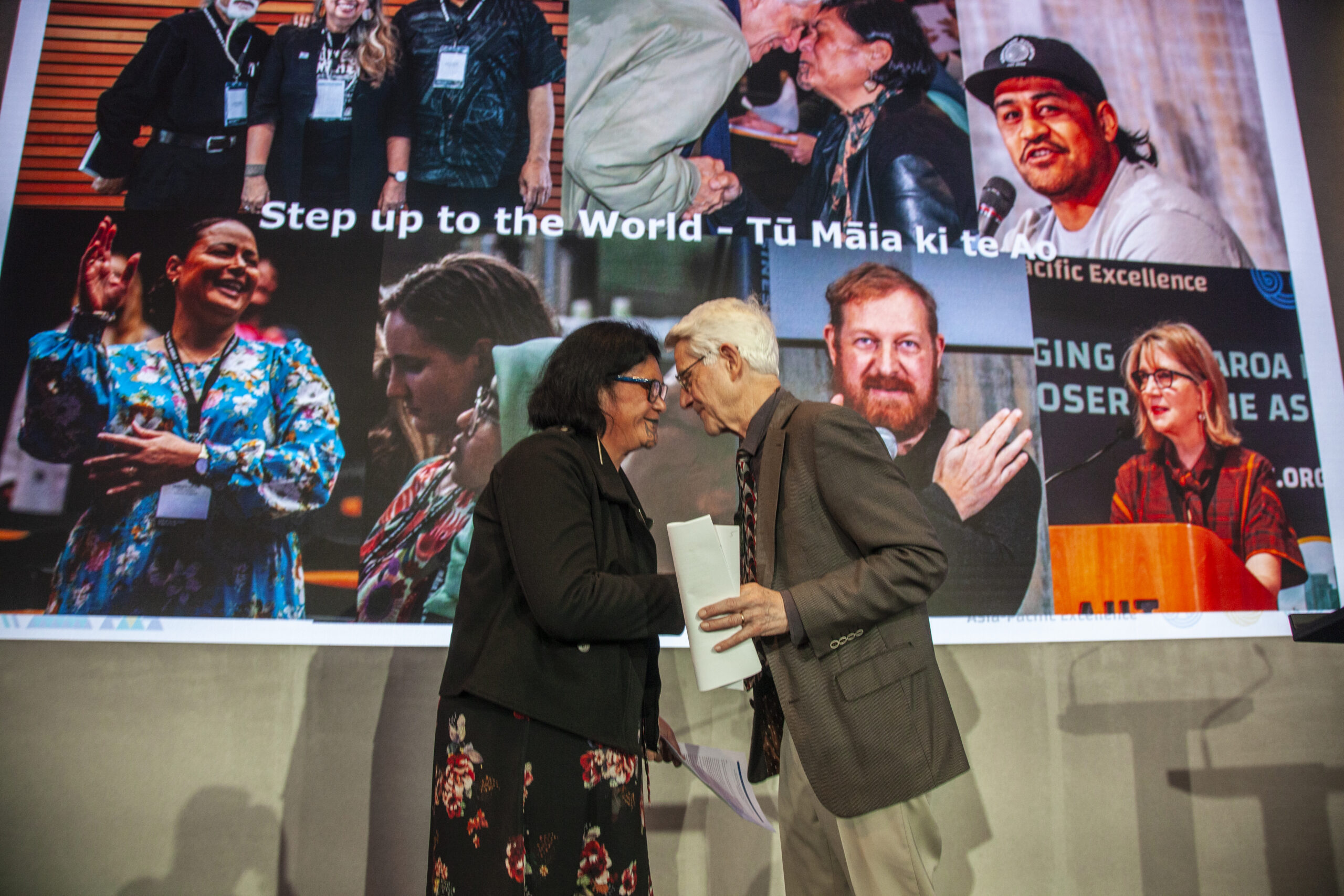
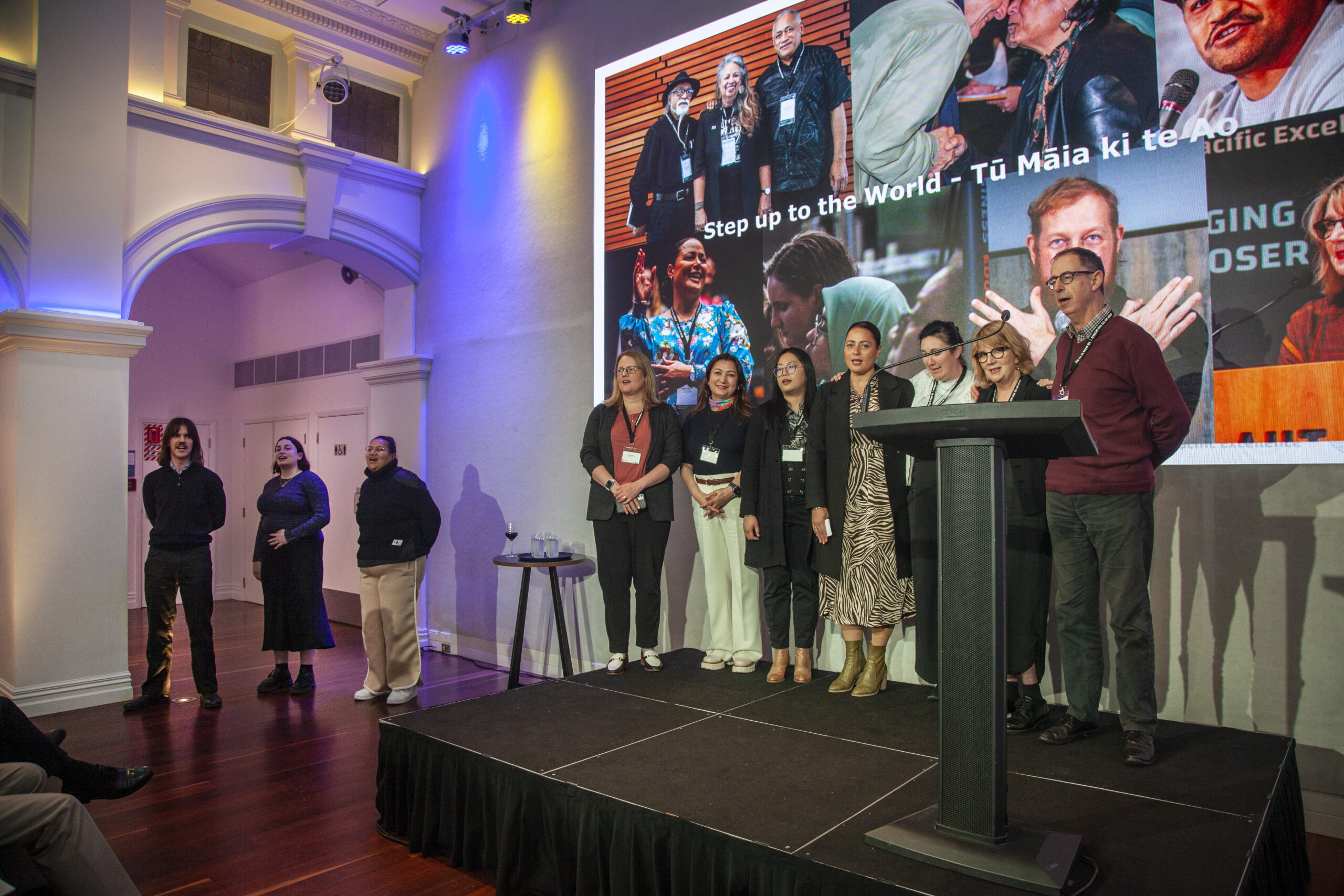
0 Comments